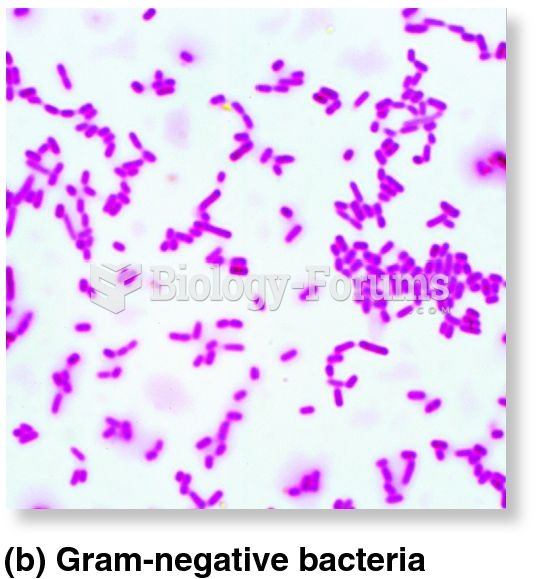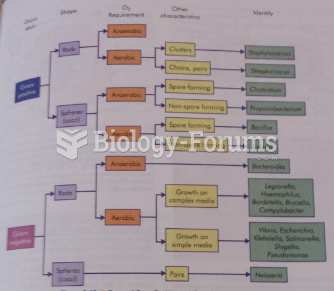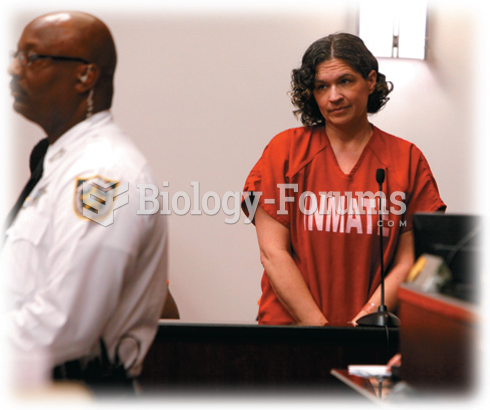|
|
|
Your heart beats over 36 million times a year.
The largest baby ever born weighed more than 23 pounds but died just 11 hours after his birth in 1879. The largest surviving baby was born in October 2009 in Sumatra, Indonesia, and weighed an astounding 19.2 pounds at birth.
IgA antibodies protect body surfaces exposed to outside foreign substances. IgG antibodies are found in all body fluids. IgM antibodies are the first type of antibody made in response to an infection. IgE antibody levels are often high in people with allergies. IgD antibodies are found in tissues lining the abdomen and chest.
Eat fiber! A diet high in fiber can help lower cholesterol levels by as much as 10%.
The heart is located in the center of the chest, with part of it tipped slightly so that it taps against the left side of the chest.







